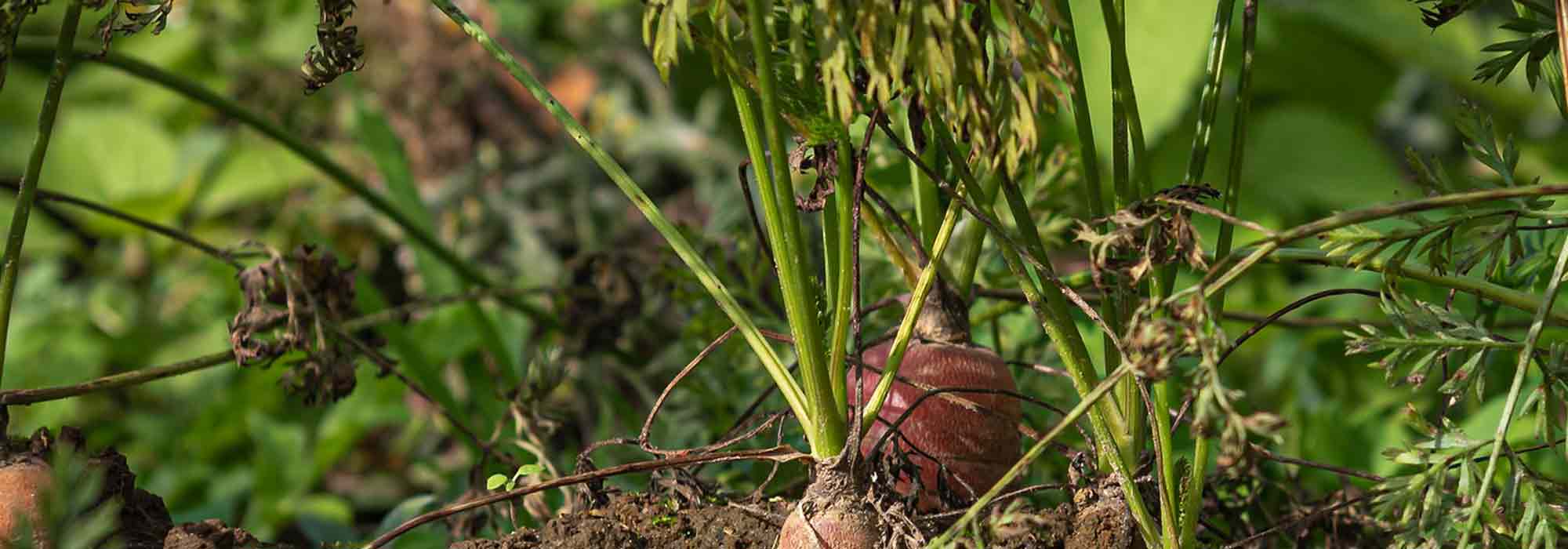
Diseases and pests of carrots
Identification, prevention and natural treatments
Contents
Carrot is one of the most commonly grown root vegetables in our gardens. This is no surprise, as its sweet flavour and attractive colours lend themselves to a variety of culinary preparations.
Although it is relatively easy to grow, carrot can sometimes be affected by certain diseases and be subject to pest attacks.
Here’s how to identify carrot diseases and pests, as well as how to prevent and treat them naturally.
Carrot diseases
Alternaria
Alternaria, also known as “leaf blight” or “scorch,” is a fungal disease caused by the fungus Alternaria dauci. It is characterised by the appearance of brownish spots, surrounded by yellow, which develop on the most mature leaves and cause them to dry out. It can also limit the growth of the root.

Humid weather promotes the onset of Alternaria, which occurs mainly during summer and continues until the end of autumn.
Prevention is your best ally here. Garlic and horsetail decoctions make good preventive treatments to use when the risk of Alternaria dauci is highest.
Powdery mildew
Powdery mildew is a very common disease in the vegetable garden, affecting many plants. Two fungi are responsible for this condition, which is favoured by high temperatures and high humidity at night:
- Erysiphe heraclei causes greyish-white powdery spots on the upper side of the leaves.
- Leveillula taurica is responsible for yellowish spots on the upper side of the leaves and a white felt on their underside.
To reduce the risk of infection, use a decoction or maceration of horsetail preventively. Avoid watering your carrots in the evening between summer and autumn. At the first signs, remove all infected leaves and spray a solution based on baking soda.
Purple root rot
Purple root rot is an infection that occurs on the roots of carrots. Sclerotia present in the soil cause this contamination. It is recognised by the dry, purple rot sheath present on the root, which softens as it spreads.
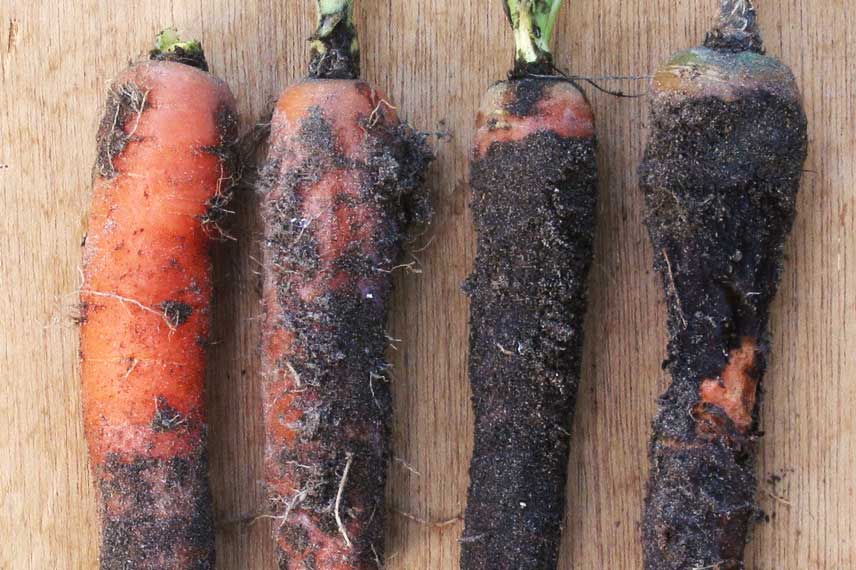
Purple root rot of carrot © Rasbak – Wikimedia Commons
Acidic or alkaline soils are favourable to it, as well as a rainy autumn following a hot summer.
Note: the symptoms of this disease may manifest after harvest.
To prevent it, absolutely practice long crop rotation (4 to 6 years). Quickly uproot and destroy affected plants, and eliminate nearby host plants.
Carrot pests
Carrot fly
The carrot fly, Chamaepsila rosae, is undoubtedly the most well-known pest of this root vegetable. From spring to autumn, its larvae burrow galleries into the carrot root. Yellowing and wilting of the foliage can alert the gardener.

Carrot fly © Barry Walter – iNaturalist
To deter it, pair your carrots with herbs, marigolds, onions, shallots, and leeks. These are plants known for their repellent effect on this pest. However, avoid sowing your carrots near other Apiaceae, such as parsley, parsnip, and fennel.
Spray a decoction of tansy or lavender on the foliage of the carrot during the warm season. Finally, there are insect-proof nets that can prevent attacks from the carrot fly.
Aphids
Attacks from two specific species of aphids are particularly harmful and frequent on carrots. These are Semiaphis dauci, the carrot aphid, and Cavariella aegopodii, the willow and carrot aphid. A dry, warm climate favours their development. However, note that these pests are sensitive to temperatures above 30°C.

Carrot aphid © Jesse Rorabaugh – iNaturalist
The pest sucks the sap from the plant, causing it to weaken. The leaves curl, and the carrot eventually dries out completely. Often, it is the young plants that are the most sensitive and therefore the most affected. Not to mention that the honeydew from the aphid promotes the development of sooty mould and black mycelium.
Encourage biodiversity in the garden to attract beneficial insects, natural predators of aphids. Therefore, install insect hotels near your crops. Spray decoctions of tansy or diluted nettle manure on the infected foliage.
Red spider mite
The red spider mite is a small mite recognised by the webs it weaves between the leaves. Its presence causes weakening of carrot plants. Sometimes, yellow spots also appear on the foliage.
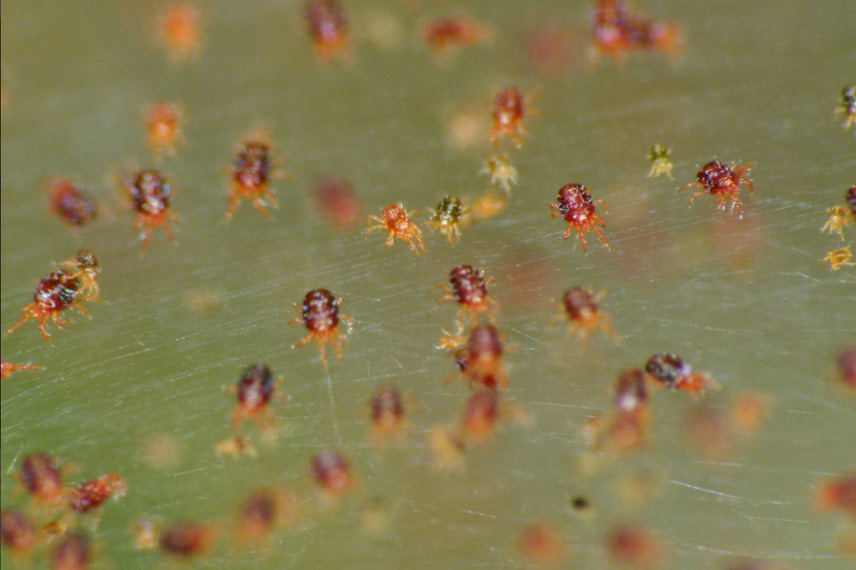
Red spiders © Steve Kerr – iNaturalist
Attacks from red spider mites occur mainly in summer, during periods of drought and high heat.
To prevent its appearance, limit nitrogen inputs that this pest favours. To deter it, ventilate your greenhouses, water the foliage of your carrot plants during heatwaves, and mulch the soil to maintain its coolness. Spraying nettle manure or horsetail decoction on the foliage is also a good treatment solution for aphids.
Other insect larvae
- The wireworm is a beetle that causes no damage when it is adult, but its larvae feed on the roots of the carrot. The wireworm is particularly harmful as it remains in this larval stage for 4 years. Mulch the soil to shelter ground beetles, natural predators of wireworm larvae. The latter prefer compact soils, so be sure to regularly work the soil to aerate it. Spread castor cake on the soil to eliminate wireworms.
- The crowned weevil is a small black insect that lays eggs directly on the roots of the carrot, and its larvae then burrow galleries into them. Practice crop rotation to sow your carrots in soil that has not been colonised by weevil larvae.
- The beetle lays its eggs in the soil, and its larvae spend the cold season sheltered in the roots of the carrot, which eventually rot. Again, crop rotation is your best ally.
Discover other Carrot seeds
View all →Available in 1 sizes
Available in 1 sizes
Available in 1 sizes
Available in 1 sizes
Available in 1 sizes
Available in 1 sizes
Available in 1 sizes
Available in 1 sizes
Available in 1 sizes
Available in 1 sizes
- Subscribe!
- Contents

































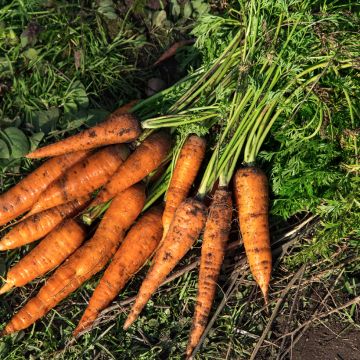
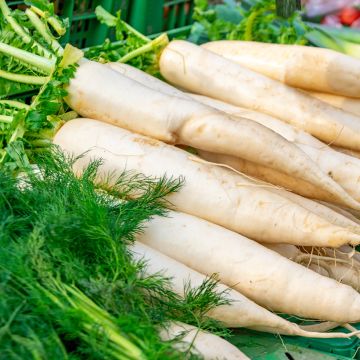

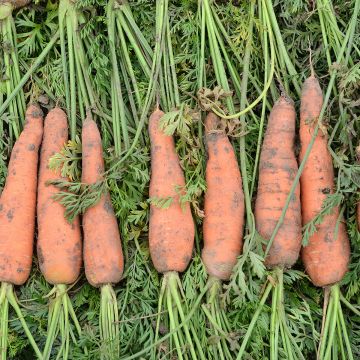





Comments